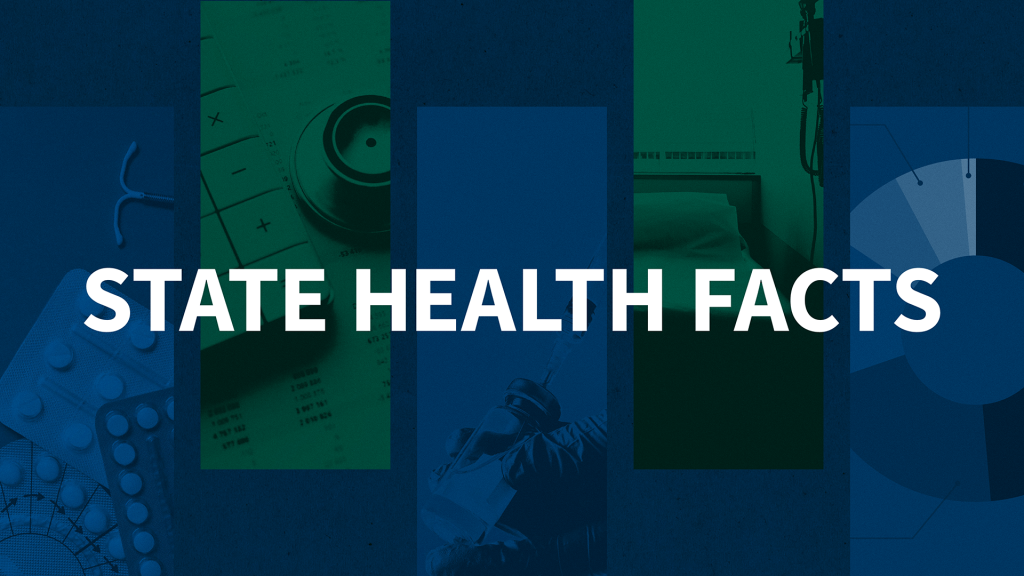Protection in Managed Care Plans: A Side-by-Side Comparison of Proposal Federal Legislation – Report
Side-By-Side Comparison Of Proposed Federal Legislation For Consumer Protection In Managed Care Plans Nicole Tapay, Karen Pollitz, Jalena Curtis Institute for Health Care Research and Policy Georgetown University Medical Center July 18, 1997 Issue Summary Over the past decade, an increasing number of Americans have been receiving their health care coverage through HMOs, PPOs and…
